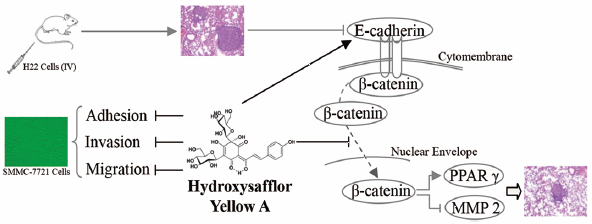-
Long Ma
Integrated Chinese and Western Medicine, School of Preclinical Medicine, Beijing University of Chinese Medicine
-
Li Liu
Integrated Chinese and Western Medicine, School of Preclinical Medicine, Beijing University of Chinese Medicine
-
Yicong Ma
Integrated Chinese and Western Medicine, School of Preclinical Medicine, Beijing University of Chinese Medicine
-
Hua Xie
Integrated Chinese and Western Medicine, School of Preclinical Medicine, Beijing University of Chinese Medicine
-
Xue Yu
Integrated Chinese and Western Medicine, School of Preclinical Medicine, Beijing University of Chinese Medicine
-
Xu Wang
Integrated Chinese and Western Medicine, School of Preclinical Medicine, Beijing University of Chinese Medicine
-
Angran Fan
Integrated Chinese and Western Medicine, School of Preclinical Medicine, Beijing University of Chinese Medicine
-
Dongyu Ge
Integrated Chinese and Western Medicine, School of Preclinical Medicine, Beijing University of Chinese Medicine
-
Yingying Xu
Integrated Chinese and Western Medicine, School of Preclinical Medicine, Beijing University of Chinese Medicine
-
Qian Zhang
責任著者
Integrated Chinese and Western Medicine, School of Preclinical Medicine, Beijing University of Chinese Medicine
-
Cai Song
Research Institute for Marine Drugs and Nutrition, College of Food Science and Technology, Guangdong Ocean University Graduate Institute of Neural and Cognitive Sciences, Life Science College, China Medical University and Hospital
2017 年 40 巻 10 号 p. 1706-1715
- Published: 2017/10/01 Received: 2017/04/03 Released on J-STAGE: 2017/10/01 Accepted: 2017/07/03 Advance online publication: - Revised: -
(EndNote、Reference Manager、ProCite、RefWorksとの互換性あり)
(BibDesk、LaTeXとの互換性あり)


